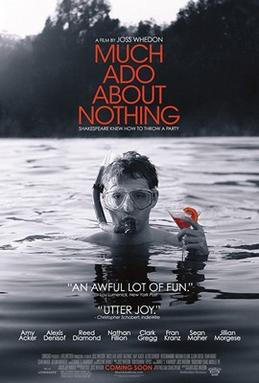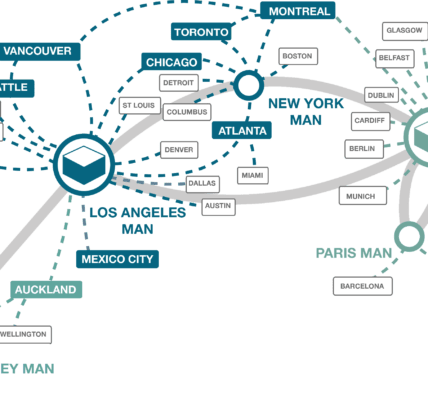Elysium and the Evolution of Motion Capture
With over 15 years working in mocap, including most recently on Neill Blomkamp’s upcoming Elysium, Animatrik’s Brett Ineson has seen it widely adopted by the film, TV, video game and commercial industries. Here he tells Matt Ogborn why the industry is benefiting from new technologies.
This is an excerpt from an article published in movieScope 35: July/August 2013
How have you seen the industry’s attitude to motion capture change over the course of your career, and how has the technology itself evolved?
I had been working in motion capture for quite a while before I worked on The Lord of the Rings: The Return of the King. Before that, mocap was more of a production tool, rather than a key part of the performance. When I worked at Weta Digital, it became ultra-clear that motion capture was an integral piece in getting believable characters on screen. I don’t want to discredit animators, because I am a big key-frame animator fan and that was my job for a long time, but it’s just another way to look at it if you want to add subtleties to CG humanoids.
My work on the Matrix video game was also a game-changer, in terms of my view of the direction of the industry. They were one of the first games to utilise the characters from the movie, rather than have stand-ins or stunt guys. They wanted great performances and they spent a movie-size budget on the cinematics for that game, which was something that really hadn’t happened on that scale before. And today, people want games that are increasingly realistic. I think there was an attitude 10 years ago when actors would see putting on a mocap suit as beneath them, whereas now it is the opposite. The big actors are like, ‘Why aren’t I in a mocap suit yet?’
The camera technology itself hasn’t changed drastically in the last 15 years. There is an iterative nature to the gear, where it improves each couple of years, but the basics are still the same. The use of head-mounted cameras is a bit of a leap forward, however. It is infinitely easier to get great facial performance than it was even five years ago. Software wise, we have seen much bigger strides. Optical flow techniques have given us the necessary access to what is going on with the face of an actor, and I think we have turned the corner in this regard.
Brett Ineson
Having worked on Neill Blomkamp’s District 9, you’ve recently worked on his follow-up, Elysium. Was that a similar experience?
We had a smaller role on Elysium, as it’s not a creature film per se. A lot of the work we did with them was virtual camera related [and] we also did digital double work and performance capture work in a few key scenes with hero characters. With Elysium, they had some hand-held moments that are pure CG, where the animation director would come over and do virtual camera on our stage to achieve that believable look. We have offered virtual camera for a few years. It depends on the director’s shooting style. There are times like Elysium when it wasn’t used for 99 per cent of the film, but there are 25 shots that absolutely relied on it.
The technology hasn’t changed tremendously from District 9 to Elysium, apart from changing our backend pipeline. We are constantly evolving how we solve the data to make sure that things never look computer-touched. The industry has gotten pretty savvy in being able to render a beautiful image that looks realistic. People are used to seeing that now. With motion it is a different thing, because every single person is an expert in motion—they just don’t know it. When things don’t look right, it has that weird feeling.
Read the full article in movieScope magazine, Issue 35 (July/August2013)









